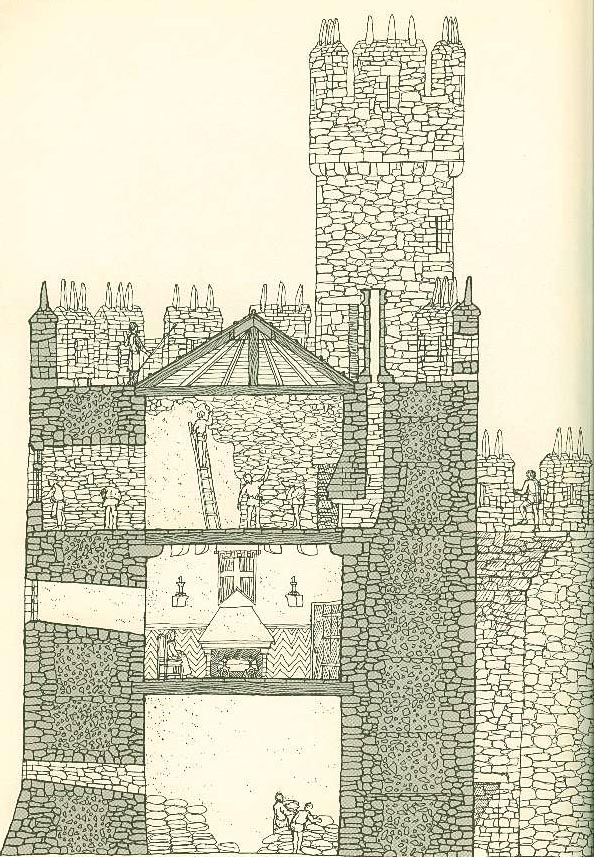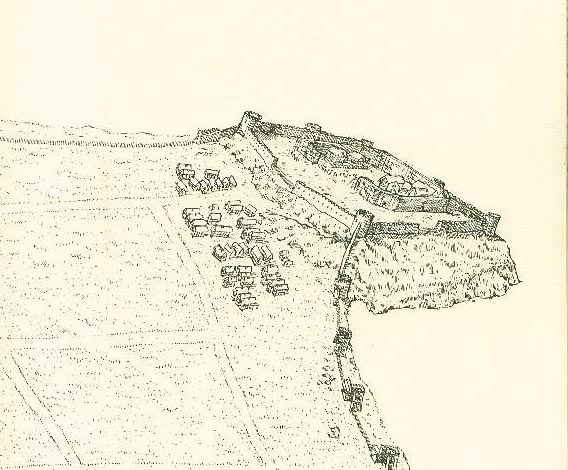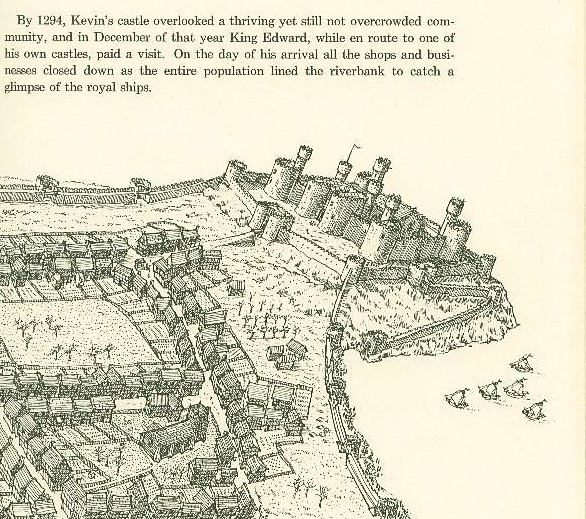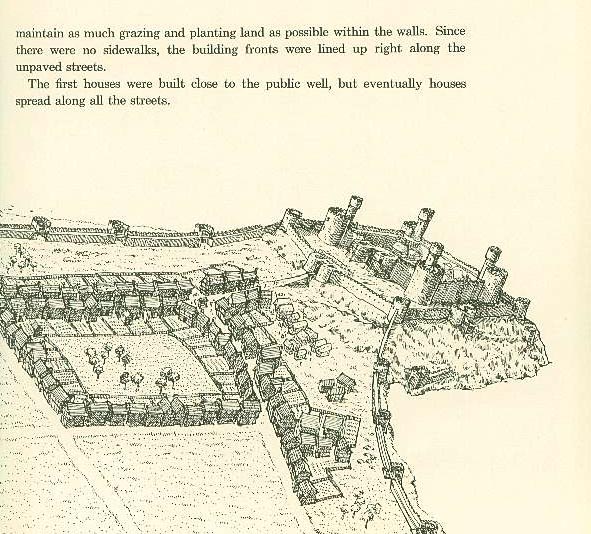I love David Macaulay. When I was about 11 or 12, I received a pile of David Macaulay books for Christmas from my parents. They were Pyramid, Cathedral, Underground and Castle – all about how the edifice or structure at hand was built. My adult self is able to identify each as an album-sized, perfect bound 80-page book. My younger self just knew them as awesome.
I pored over each of them at length, absorbing pertinent details and memorizing facts. I read all of them multiple times, but I think Castle was my favorite, for two reasons. First, it’s one of the books that has survived multiple moves, meaning that some instinct has made me hold on to it. Second, it was about castles, which featured prominently in the AD&D-soaked imagination that held my brain in a fog during those years.
The interesting thing about my fascination with AD&D at the time was the sourcebooks – the articles about imaginary places. Castle was exactly like those articles and sourcebooks – with better pictures and a narrative that fitted with my interests. (In case it’s not clear, I really do feel that I was the ideal audience for these books.)
The great part about the books (all of them shared certain characteristics, so it’s fair to point out that they all used them well) was the use of cross-sections.

Observant readers might note Macaulay’s art style. To my eye, it’s very similar to the comic book creators of the day (1977), which adds an extra dose of familiarity. I also like the way that the people are static, but give the impression of movement. Because of this cartoony + action style, I count David Macaulay as a sequential artist that has influenced me.
In addition to feeding my love of planning and process and cross-sections, these books showed a different way of presenting sequential art – something that I’ve always found worthy of replication. The three panels below show the art from pages 33, 47 and 65. Note how the size of the town grows and and how the text is presented next to the images, as extended captions.


The other Macaulay book that is worth picking up is Motel of the Mysteries – a story about an archaeologist who discovers a motel that was buried in a mudslide and mistakes it for a necropolis.
 In the course of looking up the links for the books, I discovered that Macaulay has a new set of books out – Ship, Mill, Mosque, City (Roman), and Unbuilding (which is the story of the unbuilding of the Empire State Building). Of course, I am enough of a fan to spend ten minutes reading about each book and figuring out how much it would cost to buy them all.
In the course of looking up the links for the books, I discovered that Macaulay has a new set of books out – Ship, Mill, Mosque, City (Roman), and Unbuilding (which is the story of the unbuilding of the Empire State Building). Of course, I am enough of a fan to spend ten minutes reading about each book and figuring out how much it would cost to buy them all.
Needless to say, Macaulay comes highly recommended.